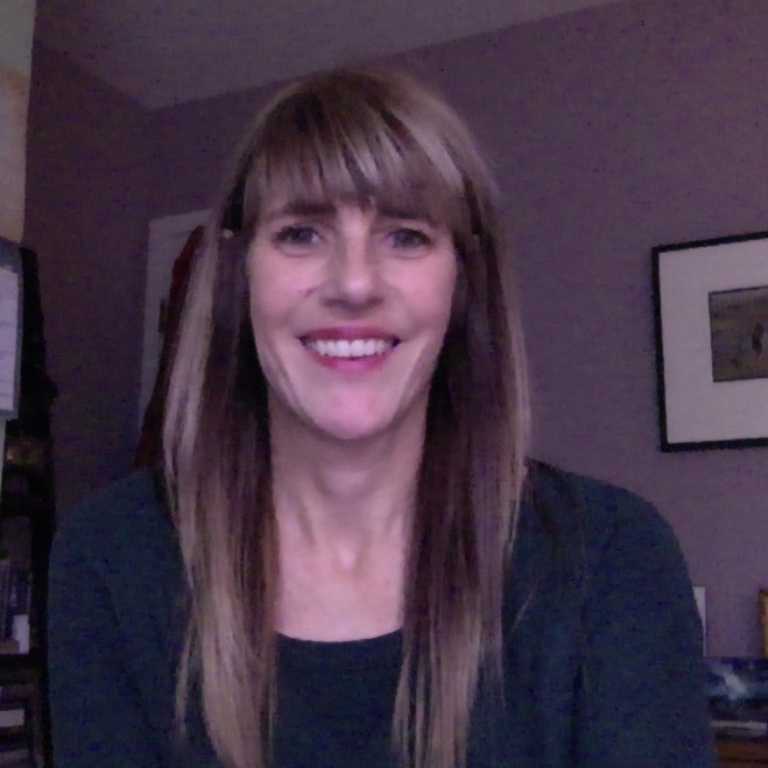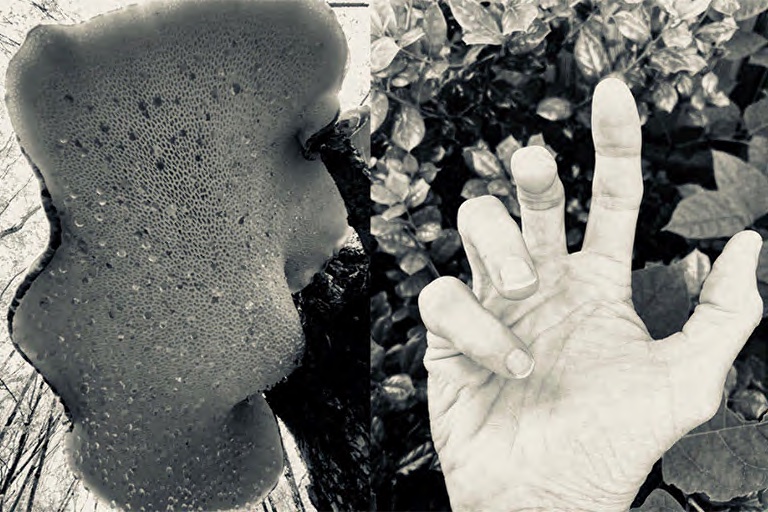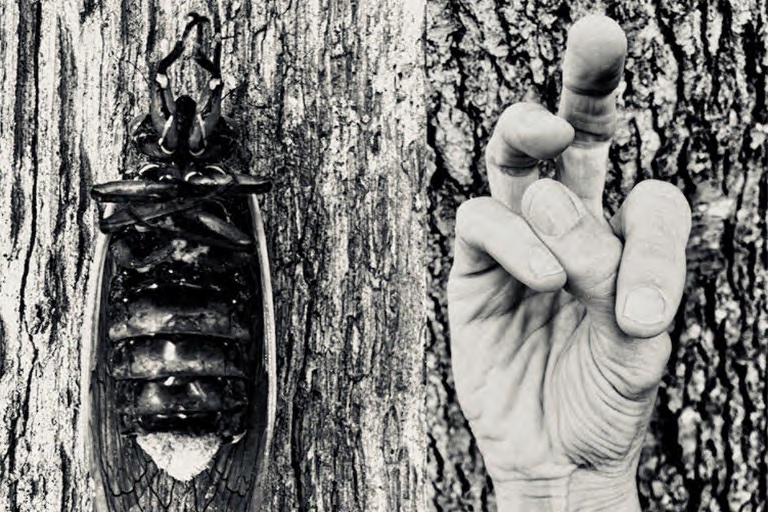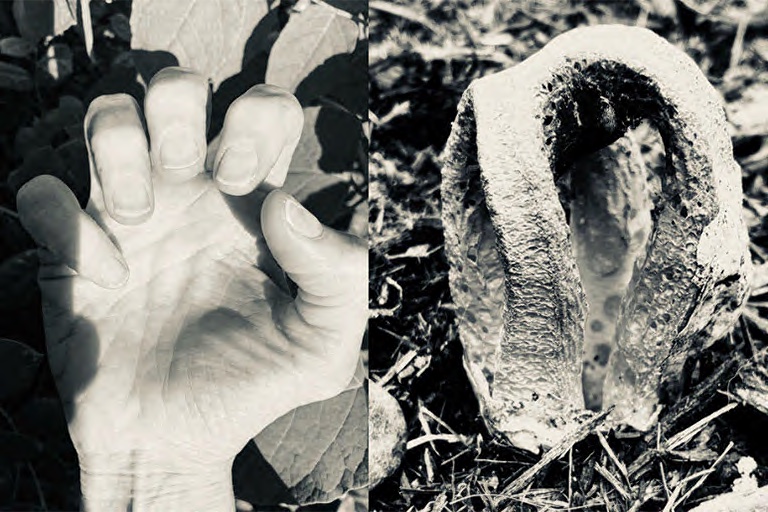Maria Whiteman, ERI’s artistic social practice fellow, has always centered her work on the relationships between the human and natural world. Her upcoming installation, Fungus et umbra sumus, directs viewers’ attention to the shadowy ground around tree stumps, inside dead trees, and under leaves—the world of fungi.
“Fungi are imperative to the health of humans and the condition of the planet,” she said, “They are an answer.”
The installation will be on display for a month beginning Friday, January 7 at the Hugh N. Ronald Gallery in Portland, Ind. It will feature photographs and videos of mycelium—masses of branching fungal threads—alongside works showcasing the relationship between science and art.
Whiteman said the exhibit seeks to challenge viewers’ perspective on humans’ relationship to the planet. “I want to take a holistic perspective on our entanglement and bring into sharp focus the intimate relationships humans share with other species,” she said.
The works also represent a melding of science and art, another major theme of Whiteman’s work. Her ongoing collaboration with PhD student Katie Beidler and Professor Richard Phillips, both with IU’s Department of Biology, has given her access to the world of fungi on a microscopic level.
“Artists and scientists are similar,” she said. “We both ask questions and investigate what intrigues us.”
The installation is part of a series called BioFungiArt, which combines photography, video, virtual reality, and real-life experiences to confront viewers with the ongoing collapse of the environment caused by global warming. The series will culminate in an outdoor installation this spring featuring human forms made up of plants, trees, and—of course—fungi, allowed to grow and decompose naturally. According to Whiteman, the series communicates an urgent message to protect the environment.
“In order to sustain what we have left of our natural world, we must begin by taking a closer look and trying to tap into the mysteries all around us as much as possible,” she said.
About the Environmental Resilience Institute
Indiana University's Environmental Resilience Institute brings together a coalition of university scholars and leaders in government, business, and the nonprofit and community sectors to help Indiana better prepare for the challenges that environmental changes bring to Hoosiers' economy, health, and livelihood.






